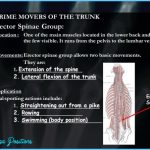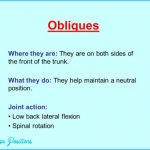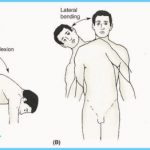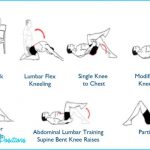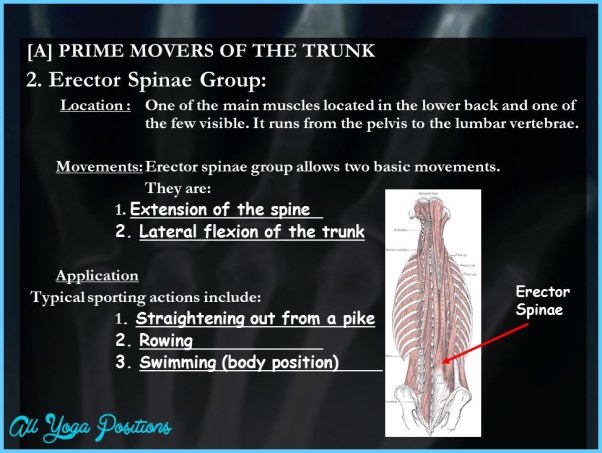Trunk/Low-Back Lateral Flexion
Bend directly sideways at your waist. To prevent injury, keep your knees slightly bent, and support your trunk by placing your hand or forearm on your thigh. Check one of the following for each side; fill in degrees if using the measurement method.
Hip Abduction
Raise your leg to the side at the hip. Check one of the following for each leg; fill in degrees if using the measurement method.
Hip Flexion (Bent Knee)
With one leg flat on the floor, bend the other knee and lift the leg up at the hip. Check one of the following for each leg; fill in degrees if using the measurement method.
Hip Flexion (Straight Leg)
With one leg flat on the floor, raise the other leg at the hip, keeping both legs straight. Take care not to put excess strain on your back. Check one of the following for each leg; fill in degrees if using the measurement method.
Trunk Low-Back Lateral Flexion Photo Gallery
Ankle dorsiflexion pull your toes toward your shin.
Range-of-Motion Assessment
Identify your rating for each joint on each side of the body. If you used the comparison method, put check marks in the appropriate categories; if you measured range of motion, enter the degrees for each joint in the appropriate category.
Right Left
Joint/Assessment Below Average Average Above Average Below Average Average Above Average
1. Shoulder abduction and adduction Abduction
Adduction
2. Shoulder flexion and extension Flexion
Extension
3. Trunk/low-back lateral flexion Flexion
4. Hip abduction Abduction
5. Hip flexion (bent knee) Flexion
6. Hip flexion (straight leg) Flexion
7. Ankle dorsiflexion and plantar flexion Dorsiflexion

